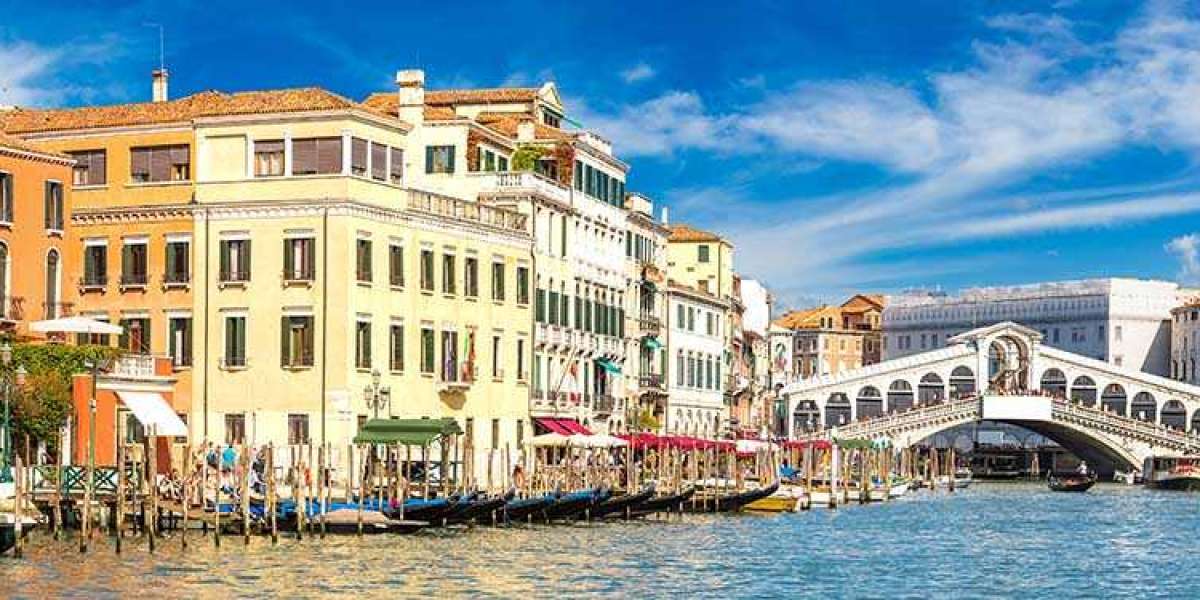Each spring, Japan sees an increase in travel to the country. And rightfully so: it’s when Japan’s cherry trees, dormant through winter, burst for a few short weeks into shades of pink. As Japan’s national flower, the cherry blossom—or sakura, as it’s known in Japanese—is celebrated for its symbolism, its brief appearance a metaphor for the fleeting nature of life.
Here’s what to know about Japan’s 2023 cherry blossom season.
When is cherry blossom season in Japan?
Japan’s cherry blossoms first appear in February in Okinawa, the southernmost prefecture, and move northward, ending in early May in Hokkaido, the largest and northernmost prefecture.
Forecasts of the flowering and full bloom dates of trees depend on temperature patterns of the preceding autumn, but Japan’s Meteorological Corporation (JMC) monitors the trees and provides timely updates every few weeks on its site. Here’s the latest for 14 of the country’s most popular prefectures, from south to north:
- Kagoshima: 3/27 (forecasted flowering date); 4/7 (forecasted full bloom)
- Fukuoka: 3/23 (forecasted flowering); 4/1 (forecasted full bloom)
- Kochi: 3/22 (forecasted flowering); 3/30 (forecasted full bloom)
- Hiroshima: 3/26 (forecasted flowering); 4/4 (forecasted full bloom)
- Wakayama: 3/27 (forecasted flowering); 4/4 (forecasted full bloom)
- Osaka: 3/28 (forecasted flowering); 4/5 (forecasted full bloom)
- Kyoto: 3/27 (forecasted flowering); 4/5 (forecasted full bloom)
- Aichi: 3/25 (forecasted flowering); 4/4 (forecasted full bloom)
- Nagano: 4/9 (forecasted flowering); 4/15 (forecasted full bloom)
- Ishikawa: 4/4 (forecasted flowering); 4/10 (forecasted full bloom)
- Tokyo: 3/22 (forecasted flowering); 3/30 (forecasted full bloom)
- Miyagi: 4/8 (forecasted flowering); 4/13 (forecasted full bloom)
- Aomori: 4/22 (forecasted flowering); 4/26 (forecasted full bloom)
- Hokkaido: 5/2 (forecasted flowering date); 5/5 (forecasted full bloom)

The Philosopher’s Path in Kyoto is one of the most popular places in the ancient capital to see cherry blossoms.
Photo by Shutterstock
Where are the best places to see cherry blossoms in Japan?
Some of the best places to see cherry blossoms in Japan include:
Mount Yoshino, Nara
Thanks to its range in elevation, Mount Yoshino’s 30,000 cherry trees bloom at different times, making it a popular place to see a range of colors.
Philosopher’s Path, Kyoto
This path, known in Japanese as Tetsugaku no Michi, winds along Kyoto’s famed Lake Biwa Canal. Blushing trees hang over the walkway, making it easy to feel, at turns, like you’re in a fairy tale.
Shinjuku Gyoen, Tokyo
With over 1,000 cherry trees of more than a dozen varieties, Shinjuku Gyoen offers a little something for everyone. (We’re partial to the somei yoshino trees adjacent to the park’s English garden.)
Kakunodate, Akita
Trees in this former samurai district were imported from Kyoto in the Edo period, between 1603 and 1868. Today, the large trees are known for their “weeping” qualities, with branches that drape from high above.
Lake Kawaguchi
One of the “Fuji Five Lakes,” Lake Kawaguchi—also known as Kawaguchi-ko—is backed by Mount Fuji. Head to the lakeside promenade on its northern shore for a view of the majestic mountain and cherry blossom trees.
Himeji Castle, Hyogo
With white wooden walls, Himeji resembles a heron in flight—so much so that it’s also known as Shirasagijo, or “White Heron Castle.” Come sakura season, the contrast of the white and pink is especially striking.
Hirosaki Castle Park, Aomori
This park, which surrounds Hirosakei Castle, one of the 12 remaining castle towers in Japan, is impossibly pretty. The grounds feature more than 2,600 trees and 50 varieties of cherry blossom (the oldest of which was planted in 1882).

Nagano is home to the Takato Cherry Blossom Festival, among other destinations.
Photo by Shutterstock
The best cherry blossom festivals in Japan
Sakura matsuri (cherry blossom festivals) are held throughout Japan come springtime, each with its own draws and distinguishing factors. Here are some of the top ones:
Nakameguro Cherry Blossom Festival
In Tokyo’s Nakameguro district, the more than 800 cherry trees lining the Meguro River turn pink and white, typically in early April. For the Nakameguro Cherry Blossom Festival, lanterns are lit in the evening, and the effect—the trees and their reflection on the river—is especially lovely. Even better? Food stalls sell snacks and pink champagne, so you can snack (and sip) as you take in the views.
Hirosaki Cherry Blossom Festival
Centered around the 17th-century Hirosaki Castle, the Hirosaki Cherry Blossom Festival with some 2,600 trees across its grounds counts boat rentals and more than 200 stalls among its amenities. More than 1 million visitors arrive at this festival in the Aomori prefecture each spring (Held annually April 23–May 5).
Takato Cherry Blossom Festival
The exclusive home of the Kohigan cherry tree, which has smaller, reddish petals, Takato celebrates the bloom of its 1,500 trees every year with a month-long festival in April. Illuminations of the trees are held every night after sunset and last until 10 p.m.

Shinjuku Gyoen counts more than 1,000 cherry blossom trees within its park boundaries.
Photo by Shutterstock
How cherry blossoms are celebrated in Japan
Visit Japan during sakura season, and it’s easy to see the country’s devotion to the flower: There are special menus and seasonal candies, talk shows, and news reports.
There’s even a specific word, hanami, tied to the custom of picnicking beneath the cherry trees. It’s a hugely social time, where family and friends gather beneath the trees. Partaking in this pastime, popular since the 16th century, is easy: To reserve a spot, identify how many people will be in your party, and spread out a blanket. (Just be sure to not take more space than you need, which is considered rude.) Keep noise to a minimum, clean up your trash, and above all, never, ever touch the trees.
At night, some communities string lights and lanterns between the trees so people can enjoy the trees after dark. The events typically feature live music and stalls that sell snacks (like red bean mochi) and drinks such as Asahi beer dyed pink).





 Gondolas on the Grand Canal of Venice Italy
Gondolas on the Grand Canal of Venice Italy A Venetian mask, the most famous souvenir in Venezia
A Venetian mask, the most famous souvenir in Venezia Venice's Rialto Bridge
Venice's Rialto Bridge The islands of Venice Italy from the sky
The islands of Venice Italy from the sky





